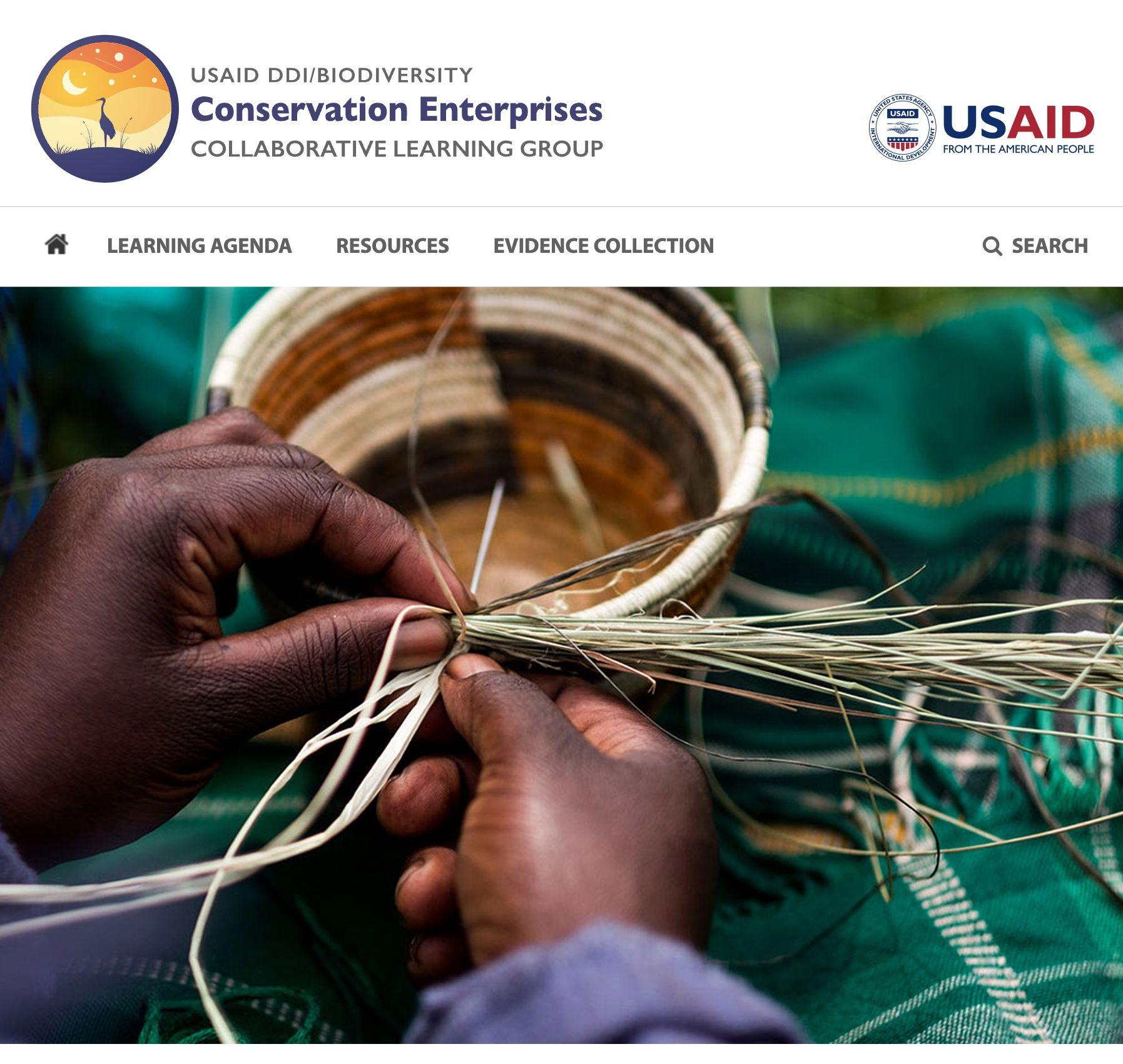






September 5, 2024

Please change your name in Zoom so that it reads “Name, Country”
For example:“Ashleigh, United States” or “Percy, Peru”




1. In your meeting/webinar controls,click Interpretation.
2. Click the language you would like to hear (Spanish or French).

3. (Optional)To hear the interpreted language only,click Mute OriginalAudio.
If you would like Zoom translations,keep in mind the following requirements:
1. You must join the meeting audio through your computer audio.You cannot listen to language interpretation if you use the dial-in or call me phone audio features.
2. As a participant joining a language channel,you can broadcast back into the main audio channel if you unmute your audio and speak.
Cómo iniciar la Interpretación de Idiomas:
1. En los controles de la reunión o el seminario web,haga clic en Interpretación.
2. Haga clic en el idioma que desee escuchar.
3. (Opcional) Para escuchar solo el idioma interpretado,haga clic en Silenciar audio original.
Si desea traducciones de Zoom,tenga en cuenta los siguientes requisitos:
1. Debe unirse al audio de la reunión a través de audio/VoIP del equipo.No puede escuchar la interpretación de idiomas si utiliza las funciones de audio de teléfono marcar o recibir llamada.
2. Como participante que se une a un canal de idioma,puede transmitir de nuevo en el canal de audio principal si reactiva el audio y habla.


Comment démarrer l'interprétation linguistique:
1. Dans les contrôles de votre réunion/webinaire,cliquez sur Interprétation.
2. Cliquez sur la langue que vous souhaitez entendre.


3. (Optionnel) Pour entendre uniquement la langue interprétée,cliquez sur Couper la version audio originale.
Si vous souhaitez des traductions Zoom,gardez à l'esprit les exigences suivantes:
1. Vous devez rejoindre l'audio de la réunion via l'audio de votre ordinateur.Vous ne pouvez pas écouter l'interprétation linguistique si vous utilisez les fonctions audio d'appel entrant ou appelez-moi.
2. En tant que participant rejoignant un canal de langue,vous pouvez rediffuser sur le canal audio principal si vous activez le son et parlez.
Trivia Question 1:What country is the largest producer of coffee in the world?

B.Ethiopia


B.Pods

D.Roots


Showcase teams’ lessons learned to strengthen understanding and application of successful CE approaches


Provide a platform for teams to explore current challenges and share solutions
Motivate and encourage teams to continue measuring and sharing the impact of their CE approaches
Strengthen knowledge, skills and abilities through peer-to-peer learning to improve effectiveness of conservation enterprise approaches.






Cambodia USAID Conserve Activity: Identifying the right combination of benefits and forest-based or freshwater fisheries livelihoods to promote conservation and livelihoods security.
Vietnam Sustainable Forest Management Project: Supporting communities to receive fair prices for forest products and enterprises to source sustainably.
Madagascar Riake: Linking remote villages with markets and integrating the private sector along fisheries, aquaculture,and agroforestry value chains.
Tanzania Tuhifadhi Maliasili: Supporting financial inclusion, market linkages,and access to protected areas for sustainable honey and mushroom producers.
Colombia Productive Nature Activity: Strengthening business model using nature-based solutions with cacao producers and national companies.
Ecuador Sustainable Activities for Conservation of a Healthy Amazon (SACHA): Increasing income for Indigenous communities through sustainable livelihoods by supporting sustainable agroforestry, traditional chakra practices,and market linkages.
Ecuador Sustainable Environment and Livelihoods for a Vital Amazon (SELVA): Linking sustainable land management with a gastronomy model based on culturally important crops and traditional dishes.
Ecuador HablaTiburón Activity: Supporting fishers and sustainable seafood entrepreneurs to strengthen sustainable seafood value chains.
CentralAmerica Regional (CAM):El
Salvador,Guatemala, Honduras
Regional Coastal Biodiversity Project: Strengthening sustainable mangrove honey, ecotourism,and fisheries value chains through savings groups,associations,and participatory monitoring and evidence generation.
• Each team will have 3 minutes to:

▪ Introduce themselves and summarize their enterprise(s)
▪ Share one key lesson or success
▪ Share one key challenge
• Topics teams would like to discuss further will be addressed during breakout group sessions


Team Folder
ENTERPRISE OVERVIEW: Purchasing,processing, and trading of rattan materials for domestic and export markets.
KEY LESSON: Rattan harvesters are more likely to implement sustainable practices when they have the necessary capacity.Buyers such as Luc Dong adopt biodiversity conservation-friendly standards and criteria when they have better revenue and market access, including international markets.
KEY CHALLENGE: Insufficient law enforcement hinders efforts to exclude unsustainable harvest practices and prevent the illegal transportation of rattan raw material from entering the supply chain.


Team Folder
ENTERPRISE OVERVIEW: Community-based organization enterprises,including:Community-Based Ecotourism (CBET),agriculture,Non-Timber Forest Products,and aquaculture processing.
CBET can simultaneously boost community income and support conservation activities (e.g.,through agreements for contributions).It is beneficial to consider a range of local markets (3-5 per community) rather than solely focusing on niche international markets.
Developing capacity and establishing market linkages,including promotion and access to markets.


Team Folder
ENTERPRISE OVERVIEW: Small-scale fisheries value chains,women’s associations’ small business,ecotourism, seaweed farming,crab farming with mangrove restoration,cacao,honey,and other agroforestry.
KEY LESSON: Focus on reducing costs for actors along the value chain rather than increasing product prices.This approach yields better returns for communities and encourages greater engagement from the private sector.
KEY CHALLENGE: Ensuring the right people are in the discussion and maintaining the agreement on shifting pricing norms.There is a challenge with maintaining respect for the pricing agreement for quality products.

RESUMEN DEL EMPRENDIMIENTO(S): Trabajar con asociaciones de pescadores y una comunidad de Emprendimientos de alimentos del mar sostenibles para fomentar una cadena de valor de alimentos del mar basada en prácticas sostenibles,incluyendo el uso de artes de pesca con menos captura incidental de tiburones.
EXITO/ LECCION CLAVE: Analizar el impacto que generan los emprendimientos,en torno al enfoque de 4 Retornos (natural, ambiental,social y financiero),ha permitido que los mismos emprendedores/as sean conscientes de impactos que antes no tenían visualizados,y que ahora enriquecen su propuesta de valor,y los empodera como generadores de cambio (ej..Atún Sin Lata, Galápagos).


Team Folder
DESAFÍO CLAVE: Hemos probado la factibilidad del sistema de trazabilidad para la pesca artesanal en la Reserva Marina de Galápagos,pero encontrar o desarrollar un mercado que pague más por una pesca que puede demostrar su origen y prácticas sostenibles,aún es un desafío.

ENTERPRISE OVERVIEW: Work with fishermen's associations and a community of Sustainable Seafood Enterprises to foster a seafood value chain that emphasizes sustainable practices,including fishing gear that reduces shark bycatch.
Using the 4 Returns approach (natural, environmental,social,and financial) to analyze impact has helped entrepreneurs recognize previously unconsidered effects.This awareness enhances their value proposition and empowers them as agents of change (e.g.,CannedTuna,Galapagos).


While we’ve tested the feasibility of a traceability system for artisanal fishing in the Galapagos Marine Reserve,finding or developing a market willing to pay a premium for fishery products demonstrating origin and sustainability remains a challenge.


Team Folder
RESUMEN DEL EMPRENDIMIENTO(S): Empresas vinculadas con el cacao,bambú y otras opciones que dependerá de los resultados del análisis sobre los primeros acercamientos con las comunidades.
La creación y desarrollo de emprendimientos de conservación deben ser procesos a largo plazo,auténticos y participativos desde las bases y que promuevan la conformación de organizaciones productivas al margen de los asuntos políticos.
DESAFÍO CLAVE: Un verdadero empoderamiento y liderazgo de la organización productiva así como de la cadena de valor.

ENTERPRISE OVERVIEW: Companies involved with cocoa,bamboo,and other products,with initiatives depending on initial community engagement analysis.
KEY LESSON: Successful conservation ventures require long-term,authentic,and participatory processes from the grassroots level,fostering the development of productive organizations independent of political issues.
KEY CHALLENGE: Achieving genuine empowerment and leadership within productive organization and across the value chain.

Team Folder

RESUMEN DEL EMPRENDIMIENTO(S): Apoyar medios de vida sostenibles y rentables con comunidades amazónicas usando un modelo gastronómico que dinamice la economía y rescata sabores ancestrales de las poblaciones indígenas y comunidades basado en acuerdos de conservación,asistencia tecnica,compra de materia prima,escuela de chefs para los jóvenes y venta/comercialización gourmet de platos de cocina.
EXITO/ LECCION CLAVE: Hemos visto la importancia de analizar las condiciones de contexto favorables para el desarrollo de las iniciativas económicas.En nuestro caso del modelo gastronómico se ha identificado que existe un potencial mercado que podemos aprovechar.


Team Folder
UN DESAFÍO CLAVE: Hemos identificado que al trabajar con pueblos indígenas un reto es fortalecer las capacidades para generar un estándar de calidad en los productos y servicios que se piensan desarrollar con el modelo gastronómico.

ENTERPRISE OVERVIEW: Supporting sustainable and profitable livelihoods forAmazonian communities through a gastronomic model that boosts the economy,revives ancestral flavors,and includes conservation agreements,technical assistance,raw materials purchase,a culinary school for youth, and gourmet sales and marketing.
KEY LESSON:Analyzing favorable context conditions is crucial for developing economic initiatives.In our gastronomic model,we’ve identified a potential market we can leverage.
KEY CHALLENGE: Strengthening the capacity of Indigenous communities to maintain high-quality standards in products and services within the gastronomic model.


Team Folder


Team Folder
RESUMEN DEL EMPRENDIMIENTO(S): 26 proyectos emprendedores en ecoturismo,apicultura vinculados a los manglares,y pesca,incluyendo una tienda para los pescadores que fomenta buenas prácticas como uso de aperos de pesca legales.
UN EXITO/ LECCION CLAVE: Vinculando la generación de evidencia científica,espacios de gobernanza y apoyo técnico-económico,se logra un cambio de actitud hacia la adopción de buenas prácticas sociales,ambientales y empresariale.
UN DESAFÍO: Débil asociatividad dentro de los grupos que participaron,y carencia de manejo de procesos administrativos y de comercialización. Débil asociatividad


Team Folder
ENTERPRISE OVERVIEW: Twenty-six entrepreneurial projects in ecotourism,beekeeping linked to mangroves,and fishing,including a store for fishermen promoting best practices such as the use of legal fishing tools
KEY LESSON:Combining scientific evidence, governance spaces,and technical-economic support fosters a positive shift toward adopting good social, environmental,and business practices.
KEY CHALLENGE: Weak associativity within participating groups and insufficient management of administrative and marketing processes.


Team Folder
RESUMEN DEL EMPRENDIMIENTO(S): Incidir positivamente en los modelos de negocio de empresas nacionales como Nutresa y en asociaciones de productores a través de la implementación de Soluciones Basadas en la Naturaleza (SbN) en diversas cadenas de valor de sectores como el cosmético,energía y agrícola,como el cacao.
EXITO CLAVE: Promover la relación entre empresa ancla,las empresas de conservación (asociaciones de productores) y las familias productoras,alrededor de los esfuerzos de conservación en ecosistemas estratégicos,a través de acciones a lo largo de la cadena de valor que generen beneficios para los ecosistemas y las familias productoras.
DESAFÍO CLAVE: Lograr que las empresas ancla y las asociaciones de productores establezcan acuerdos de largo plazo que incorporen compromisos de compra y de implementación de Soluciones basadas en Naturaleza para conservar la biodiversidad.


Team Folder
ENTERPRISE OVERVIEW: Enhance the business models of national companies like Nutresa and producer associations by implementing Nature-Based Solutions (NBS) across various value chains in sectors such as cosmetics, energy,and agriculture,including cocoa.
LESSON:Strengthening relationships between anchor companies,conservation organizations (such as producer associations),and producer families around conservation efforts leads to beneficial actions throughout the value chain,positively impacting both ecosystems and producing families.
KEY CHALLENGE: Securing long-term agreements from anchor companies and producer associations to purchase and implement Nature-based Solutions for biodiversity conservation.

Form Groups. Self-select into small groups based on your interest in the topics listed below:
• Group 1 (plenary room): Fostering the right market for the product and the community
• Group 2 (breakout room): Relationships along the value chain (and beyond!)
• Group 3 (breakout room): Capturing and communicating the links between biodiversity and conservation enterprise success Discussion. Share insights,ask questions,and explore challenges,solutions,and relevant examples related to your topic.
Report Out.Your group facilitator will present a brief summary of your group’s discussion.
1.Fostering the right market for the product and the community
2.Relationships along the value chain (and beyond!)

● Establishing and ensuring markets for products
● Building capacity to meet market requirements
● Prioritizing local and national markets over international ones
● Working with remote communities
● Engaging stakeholders throughout the value chain
● Strengthening relationships between private sector actors and producer associations
● Understanding the impact of external actors (e.g., enforcement) on the enterprise
3.Capturing and communicating the links between biodiversity and conservation enterprise success
● Understanding and demonstrating the connection between biodiversity status and enterprise success
● Generating evidence to show how biodiversity impacts the enterprise (e.g.,fish stock surveys)
● Developing strategies to shift norms and mindsets






for people to sell their




1.Fostering the right market for
● Establishing and ensuring markets for products
● Building capacity to meet market requirements
● Prioritizing local and national markets over international ones
● Working with remote communities





Madagascar value chain negotiation: ask fishers what are the priority specific for them for living and eating in village. We bring data from focus group to the collectors. Should include all actors in chain. Are these also the priority species for collectors? what is a quality fish for them, about weight, color. We transfer this criteria (local norm). Helps fishers target the local market. This enables fisher to get a better price.


impact. Work with fishers to identify their needs. Need stakeholders want Most fisheries must take loans from


borrow. And end up having to
borrowed from at a low price.
HT: Between Island and continent, very


Madagascar: challenge of remote contexts. How to build value for remote communities with low infrastructure.






We need a long time to show biodiversity conservation change, like 5-7 years (CAM)











• Finalize team sessions, workbooks, and posters.
• Posters will be shared once complete.
• Each participating team will receive a certification of completion.
• Share your feedback!
• Let’s take a photo!
• CE Learning Group Site
• Building a Conservation Enterprise: Keys for Success
• CE Learning Brief on benefits and behaviors
• A Framework for Monitoring, Evaluating,and Learning from Conservation Enterprises


Megan Hill Environment Protection Specialist
Biodiversity Division
mhill@usaid.gov



